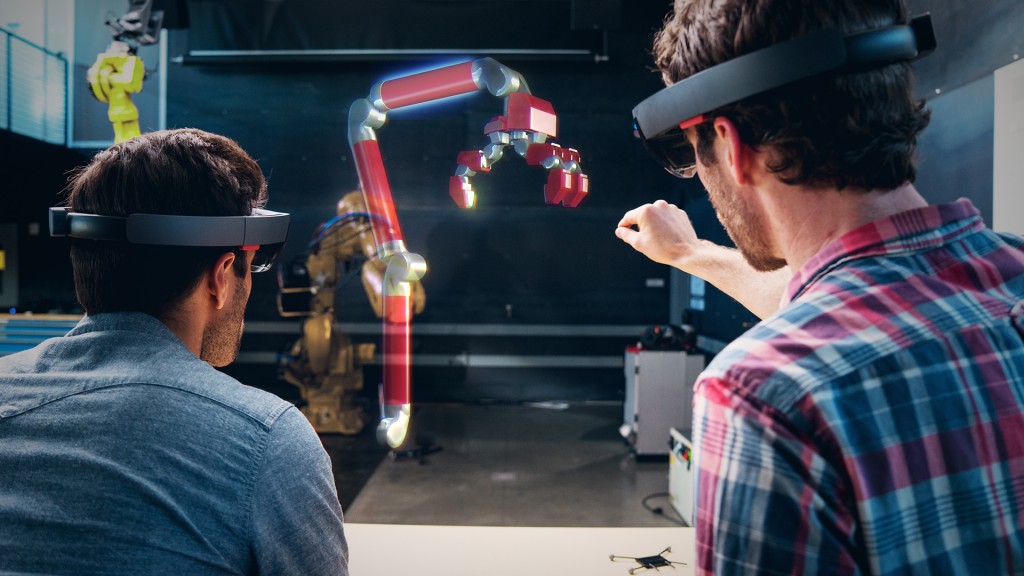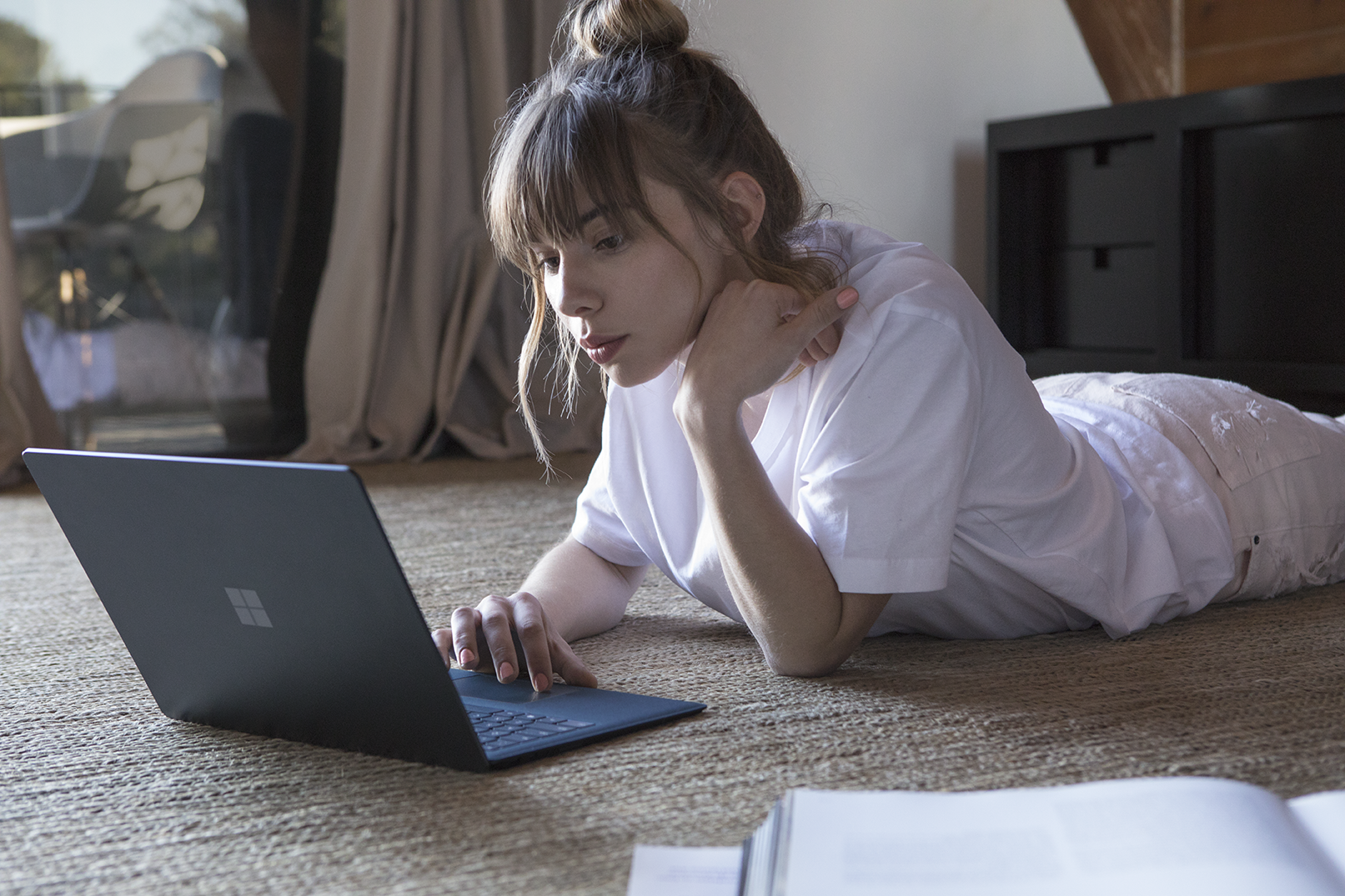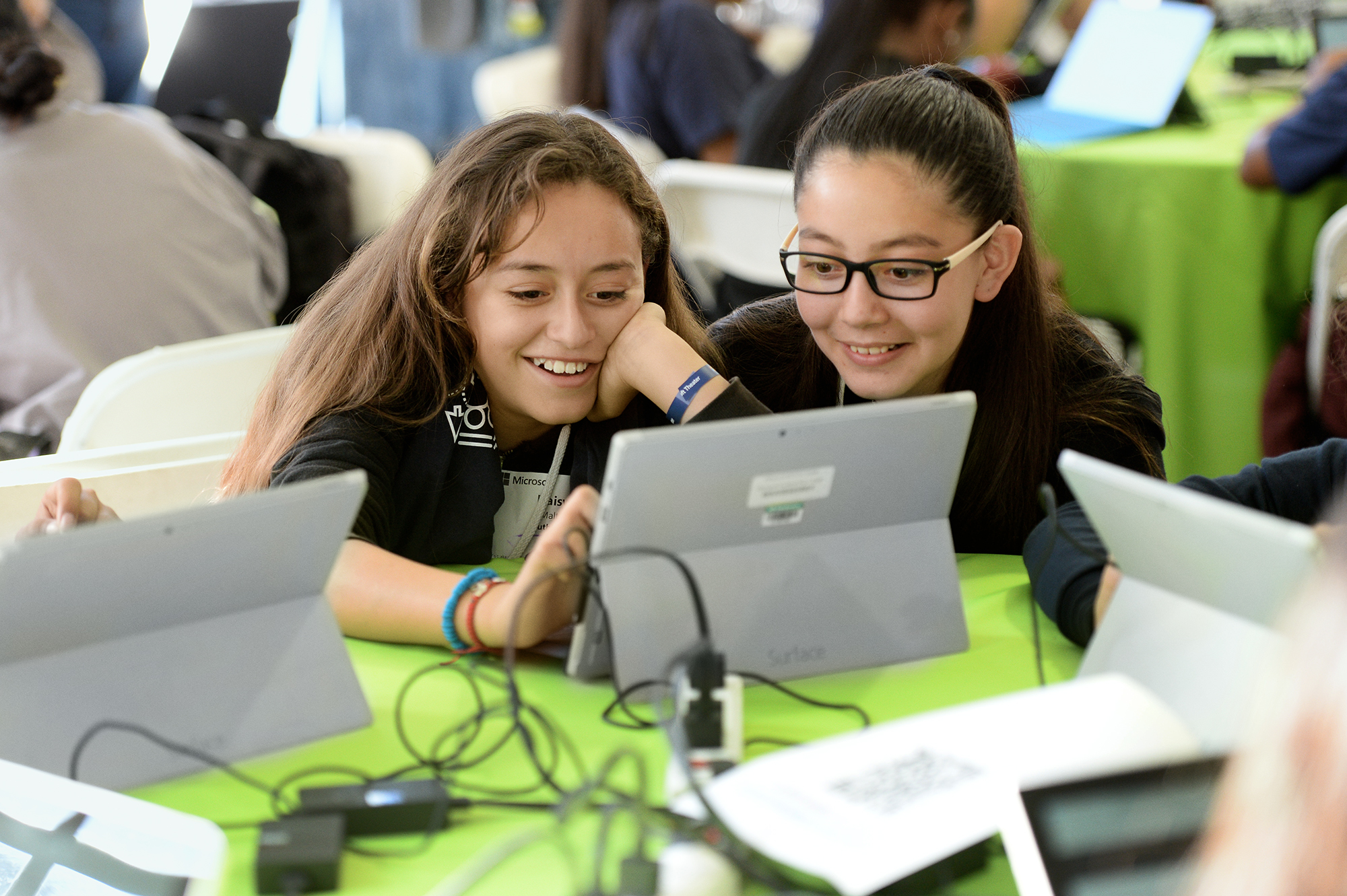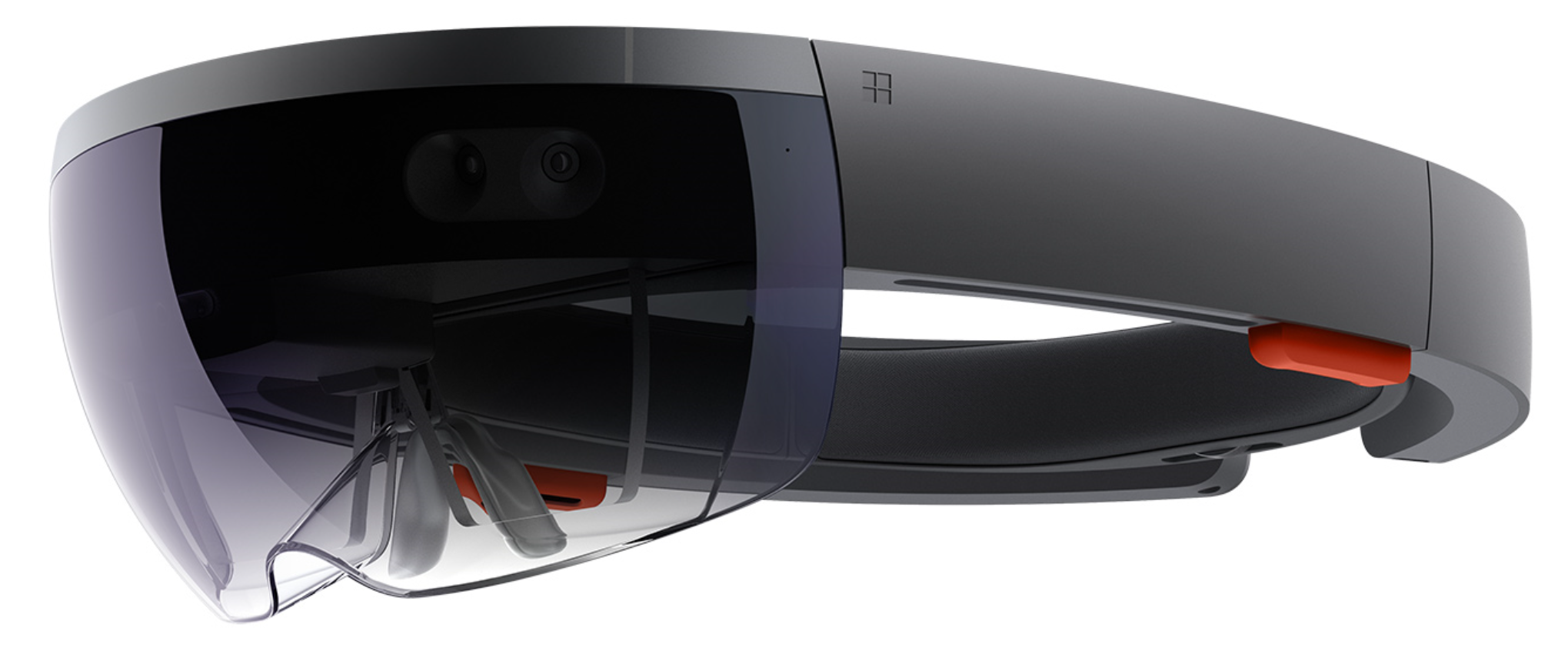
Microsoft HoloLens can help level the playing field in schools, says world’s largest education company Pearson
Wearable technology such as Microsoft’s mixed-reality headset has the potential to “level the playing field” for children in schools, according to the world’s largest education company.
Products like Microsoft HoloLens, which allows people to place 3D digital models in the room alongside them, would help all students work and learn together, regardless of their background, Pearson’s Global Director of Immersive Learning said at an event held by London Tech Week and Microsoft.
Mark Christian said mixed-reality devices are so effective at supporting teachers and helping students learn that they would become common in classrooms.
“This technology should level the playing field in schools,” he told the audience of more than 100 education experts, journalists and analysts. “And the schools that need these breakthroughs the most, that need to engage their students the most, need it first.
“HoloLens will become more common in the classroom. Twenty years ago it was all about e-learning outside the classroom; mixed-reality is now bringing it back in. That’s a real shift in learning.”
Pearson has worked with teachers to develop a number of educational apps that run on HoloLens, a Windows-10-based product that does not have wires or external cameras, or require a phone or PC connection, so users can walk around the objects they create and interact with them using gestures, gaze and voice.
Everything you need to know about HoloLens
This allows pupils to learn about a subject by experiencing it first-hand, rather than looking at a whiteboard. The company’s geometry app, for example, uses HoloLens to place 3D shapes in front of students.
“We built a maths app to try to move teachers away from drawing 3D images on a whiteboard,” Christian said. “Now teachers and pupils can see those shapes in a classroom and interact with them; the visualisation helps. It’s about providing digital tools for teachers and students, not replacing learning and teaching but enhancing it.
“I think Holo Maths can lead to some interesting breakthroughs, we could see some real change.”

The Surface Laptop
HoloLens was a key part of the London event, with a stand showcasing Microsoft’s partnership with Black Marble. The complete range of Surface devices, including the recently announced Surface Laptop (above) and Surface Pro, were also on display.
Attendees at the event also heard from Microsoft partners such as digital textbook platform Kortext, Firefly Learning and online course provider FutureLearn, among others.
Ian Fordham, Director of Education at Microsoft, said the use of technology in education was “about to hit the big time”, and the UK was poised to benefit from that.
“We have a fantastic digital economy in the UK; we have tech hubs, among other things. Microsoft is helping to break down barriers in the classroom and beyond so everyone can reach their potential.
“Skype Translator (above) can translate five languages at the same time, so not only can you collaborate with other students, you can also help pupils who are new to your country. Artificial intelligence is embedded in Word and PowerPoint, Minecraft now has a coding feature, and technology is helping us predict which youngsters will drop out of college and university.
“The jobs and technology of the future are here, now.”

‘It’s about providing digital tools for teachers and students, not replacing learning and teaching but enhancing it’
Christian agreed, adding that collaboration in the classroom was one of the driving forces behind Pearson’s work. He revealed that youngsters in Australia are using his company’s apps to work together and learn more about subjects such as chemistry.
“We had 400 students working together to build digital molecules using HoloLens. This is happening now; we are doing things that we never thought possible. We saw activities that you don’t normally see in a chemistry lecture. The app opened my eyes to the learning that can take place.”
Other HoloLens apps developed by Pearson focus on biology – “We made an anatomy app, taking 3D life-sized anatomical models into the classroom” – and healthcare. The HoloPatient app (below) features holograms of professional actors pretending to be ill, while student doctors wearing HoloLens are taught how to diagnose and treat them.
Leila Martine, Director of Product Marketing at Microsoft, told the London Tech Week and Microsoft event that not only are mixed-reality devices about to become more commonplace, they will soon much cheaper, too.
“This year is an exciting year for mixed reality. A few months ago we launched Paint 3D, which enables anyone to create an object, place it in HoloLens and share it with others.
“Microsoft’s partners will soon launch their own consumer headsets, which will be tethered to a computer but start at $299, about half the price of current headsets.
“This is not science fiction, this is science fact. Companies can use HoloLens today to transform their business.”


